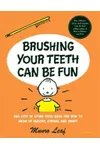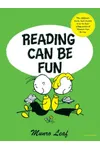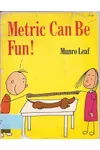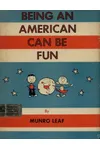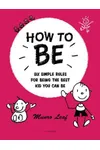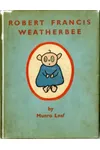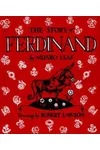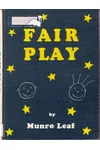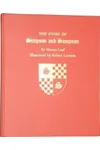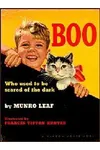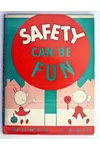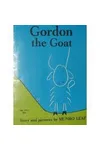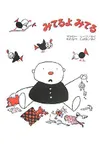Picture a storyteller who spun tales of gentle bulls and curious kids, charming generations with wit and wisdom—meet Munro Leaf! Born in 1905, this American children’s author crafted stories that danced off the page, none more famous than The Story of Ferdinand, a tale of a peace-loving bull that became a global sensation. With a knack for blending humor and heart, Leaf’s work continues to delight readers worldwide.
Leaf’s journey wasn’t just about writing; it was about teaching young minds to think differently. From his early days as an educator to his role as a cultural ambassador, his life was as colorful as the stories he told. Let’s dive into the world of Munro Leaf and discover why his tales still resonate.
The Making of Munro Leaf
Wilbur Monroe Leaf, known as Munro, was born on December 4, 1905, in Hamilton, Maryland, and raised in Washington, D.C. A bright student, he graduated from the University of Maryland in 1927, where he played lacrosse and served as class treasurer. He later earned a master’s degree in English literature from Harvard in 1931. Before becoming a literary star, Leaf taught English and coached football at schools like Belmont Hill, honing his ability to connect with young audiences. By 1932, he’d joined the publishing world as an editor at Frederick A. Stokes Company in New York, setting the stage for his creative leap into children’s literature.
Munro Leaf’s Unforgettable Stories
Leaf’s writing career took off with Grammar Can Be Fun (1934), a playful guide that made language learning a joy. But it was The Story of Ferdinand (1936) that cemented his legacy. Written in under an hour on a yellow legal pad, this tale of a Spanish bull who prefers smelling flowers to fighting in the ring became an instant classic. Illustrated by Robert Lawson, it was both adored and controversial—banned in Spain and burned in Nazi Germany for its pacifist themes, yet praised by figures like Gandhi.
Leaf’s collaborations continued to shine. Wee Gillis (1938), another gem with Lawson’s illustrations, earned a Caldecott Honor for its charming story of a Scottish boy torn between Highland and Lowland life. Noodle (1937), illustrated by Ludwig Bemelmans, followed a dachshund’s quest for self-acceptance. Leaf’s style was deceptively simple: short, witty texts paired with vivid illustrations, weaving moral lessons with humor. His Watchbirds series, starting in 1938, used cartoon birds to gently poke fun at human behavior, proving his versatility.
During World War II, Leaf teamed up with Dr. Seuss to create This Is Ann, a pamphlet warning soldiers about malaria. His ability to distill complex ideas into accessible stories made his work timeless, appealing to both kids and adults.
Why Munro Leaf Matters
Munro Leaf’s impact on children’s literature is profound. The Story of Ferdinand, translated into over 60 languages, remains a beacon of individuality and nonviolence, inspiring films, music, and even a Macy’s Thanksgiving Day Parade balloon. Leaf’s global travels as a U.S. State Department cultural representative in the 1960s spread his literacy advocacy to over 20 countries. His books, blending humor with life lessons, taught generations to embrace differences and find joy in simplicity.
Leaf’s legacy endures through his stories’ universal appeal. His knack for speaking to children in their language—without preaching—set a standard for picture books. When he passed away in 1976, he left behind a world enriched by his gentle, subversive tales.
- Born: December 4, 1905, Hamilton, Maryland
- Key Works: The Story of Ferdinand, Wee Gillis, Noodle, Grammar Can Be Fun
- Notable Collaborators: Robert Lawson, Ludwig Bemelmans, Dr. Seuss
- Died: December 21, 1976, Garrett Park, Maryland
Snag a copy of The Story of Ferdinand and dive into Munro Leaf’s whimsical world of peace and playfulness!


